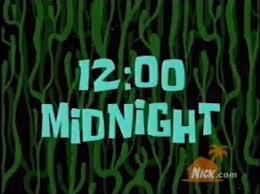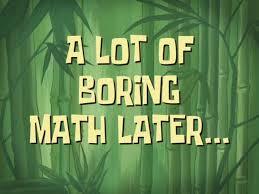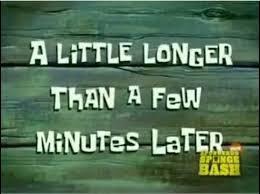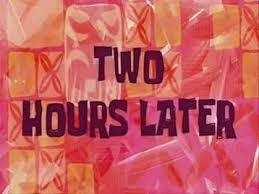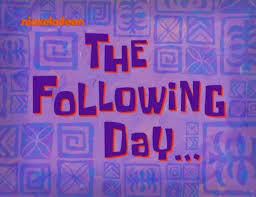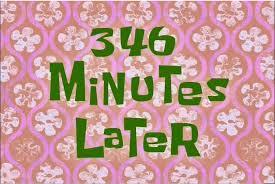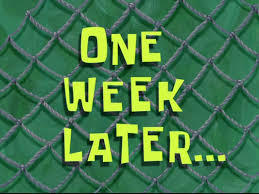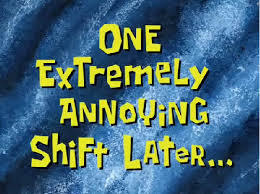For Artists Who Have Problems With Perspective (furniture Etc.) In Indoor Scenes Like Me - There’s
For artists who have problems with perspective (furniture etc.) in indoor scenes like me - there’s an online programm called roomsketcher where you can design a house/roon and snap pictures of it using different perspectives.
It’s got an almost endless range of furniture, doors, windows, stairs etc and is easy to use. In addition to that, you don’t have to install anything and if you create an account (which is free) you can save and return to your houses.
Examples (all done by me):


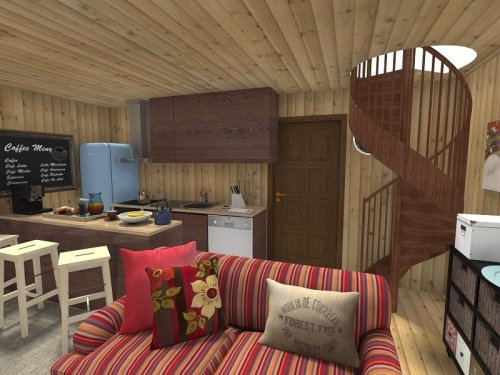

Here’s an example for how you can use it

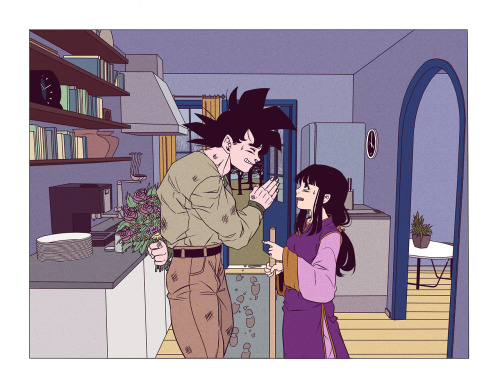
More Posts from Kirbysreturntodreamlanddx and Others
Resources For Writing Deaf, Mute, or Blind Characters
Despite the fact that I am not deaf, mute, or blind myself, one of the most common questions I receive is how to portray characters with these disabilities in fiction.
As such, I’ve compiled the resources I’ve accumulated (from real life deaf, mute, or blind people) into a handy masterlist.
Deaf Characters:
Deaf characters masterpost
Deaf dialogue thread
Dialogue with signing characters (also applies to mute characters.)
A deaf author’s advice on deaf characters
Dialogue between deaf characters
Mute Characters
Life as a Mute
My Silent Summer: Life as a Mute
What It’s Like Being Mute
21 People Reveal What It’s Really Like To Be Mute
I am a 20 year old Mute, ask me anything at all!
Blind Characters:
The 33 Worst Mistakes Writers Make About Blind Characters.
@referenceforwriters masterpost of resources for writing/playing blind characters.
The youtube channel of the wonderful Tommy Edison, a man blind from birth with great insight into the depiction of blind people and their lives.
An Absolute Write thread on the depiction of blind characters, with lots of different viewpoints and some great tips.
And finally, this short, handy masterpost of resources for writing blind characters.
Characters Who Are Blind in One Eye
4 Ways Life Looks Shockingly Different With One Eye
Learning to Live With One Eye
Adapting to the Loss of an Eye
Adapting to Eye Loss and Monocular Vision
Monocular Depth Perception
Deaf-Blind Characters
What Is It Like To Be Deafblind?
Going Deaf and Blind in a City of Noise and Lights
Deaf and Blind by 30
Sarita is Blind, Deaf, and Employed (video)
Born Deaf and Blind, This Eritrean American Graduated Harvard Law School (video)
A Day of a Deaf Blind Person
Lesser Known Things About Being Deafblind
How the Deaf-Blind Communicate
Early Interactions With Children Who Are Deaf-Blind
Raising a DeafBlind Baby
If you have any more resources to add, let me know! I’ll be adding to this post as I find more resources.
I hope this helps, and happy writing! <3
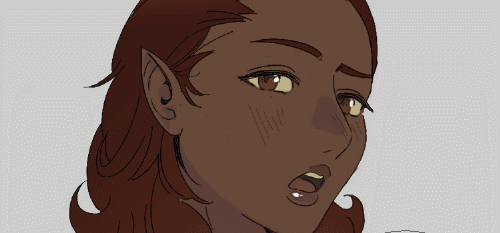

They're done: the Forbidden Halftone Brush Pack of your dreams.
Nine free halftone brushes for Clip Studio Paint. I will not be making another set of these so grab 'em now or never. Upload instructions are included in the folder! Thanks for your support! 😭
Past Freebie Brushes | Subscriber Brushes | And My Brush Tag









Greetings bugs and worms!
This comic is a little different than what I usually do but I worked real hard on it—Maybe I'll make more infographic stuff in the future this ended up being fun. Hope you learned something new :)
If you are still curious and want to learn more about OCD, you can visit the International OCD Foundation's website. I also recommend this amazing TED ED video "Starving The Monster", which was my first introduction to the disorder and this video by John Green about his own experience with OCD.
The IOCDF's website can also help you find support groups, therapy, and has lots of online guides and resources as well if you or a loved one is struggling with the disorder. It is very comprehensive!
Reblog to teach your followers about OCD
(But also not reblogging doesn't make you evil, silly goose)
Things I Wish I Knew Earlier In Fandom
But maybe these will help somebody now.
Most of your fandom experience is shaped by who you follow. Find a good group of people and stick with them.
Support your favs and a lot of them will become your friends, or at least be friendly back to you.
Just unfollow people who bring unwanted content or negativity onto your dash.
Block people who cause you stress. It’s not worth your time to focus on parts of fandom that don’t make you happy.
Blacklisting words/tags is a tool you are allowed to use as much as you need to.
Don’t feel like you have to pretend to like things that make you uncomfortable in order to fit in. Set healthy boundaries for yourself.
Never tag your hate. Never send hate anons to someone.
Content creators love getting comments, seeing people gush in the tags on reblogs, and getting fans in their inbox. It’s the best way to motivate them to keep making awesome stuff.
If there’s certain content you want to see but it doesn’t exist yet, then make it. Draw the thing, write that fic. If you can’t, then comission an artist or writer, or send someone a prompt if they’re open to it. If you can’t do that either, then write meta or headcanons about it. Put it into the world.
Create what you love. Do it for yourself first and foremost, and if even one other person likes it too, then that’s a bonus.
oh you're in a horror film/book and your phone died/has no bars? how boring. I think phones in horror SHOULD work. they should ding only to have the protagonist check and find nothing. they should get calls from somebody you don't know but is still somehow in your contacts. google maps should lead you to one place, no matter what address you type in.
phones are such a big part of our daily lives, removing them from horror removes the horror from our experience. what if the horror felt like it could happen to you, right here, right now? what if it felt like it was already happening?
It is increasingly obvious that most people have no idea how to indicate an illness is slowly killing someone without making them cough up blood. Doesn’t matter what it is or if it has anything to do with your respiratory system, if you’re dying, you’re coughing up blood.
have therians discovered these digging gloves yet


i feel like they’d like them……
therians what are your thoughts




i learned how to make images look vhs-y and im obsessed with it. here's the brush i used for step 4
Let’s Draw Wings
I’ve gotten the question/request of how I draw wings lots and lots so I’ve decided to make a dedicated post!
Now…I’m no master, but I have found a way that I like to draw wings that’s efficient for me. There three main points:
References
Simplification
Texture Management
First of all - References
My favorite wing reference of all time is this post by Jenn on Twitter. I have both the images saved but I use the Wing Shapes one, below, alllllll the time. Like for real all the time!

I also keep pretty extensive collections of wing photo reference. When I’m having trouble, I’ll trace a few or do studies to get back into the swing of things. Here are links to my Pinterest boards:
Broadwing Reference (passive soaring and high-speed)
Longwing Reference (active soaring)
Shortwing Reference (elliptical and hovering)
Secondly - Simplification
When I sketch wings, I simplify Jenn’s diagram even further -

For me, the key to drawing wings is simplifying the wing down - from the structure to the feathers - the goal for me is to be able to draw them quickly and have the proper information conveyed. It needs to look like a wing in the base sketch. If it doesn’t, no amount of rendering and extra feathers will help. I like to break the wing into the three main moving parts. The orange is one part, then the purple contains two main chunks feathers that you can group together and move as their own parts.
On top of that, I like to think of wings like a sheet of paper. They can bend and fold in on themselves, with the orange meaty bits anchoring everything together.
Lastly - Texture
I like to call wings “texture monsters”. Feathers are hard to manage and can easily make wings look over-busy and muddy. Just like before, I break the wing into chunks so I can spend less time drawing the wing and it’s feathers:

Then you can put it all together and push things further -

So yeah this is how I throw wings together! The wings I draw aren’t super technical or detailed, but I what matters for me is that they look and feel like believable wings at a glance -




~ Larn
–
Discord | Patreon | Art Prints
-
 valdorien liked this · 1 week ago
valdorien liked this · 1 week ago -
 faithfullyfalse liked this · 1 week ago
faithfullyfalse liked this · 1 week ago -
 jacketslutjayse reblogged this · 1 week ago
jacketslutjayse reblogged this · 1 week ago -
 jacketslutjayse liked this · 1 week ago
jacketslutjayse liked this · 1 week ago -
 kid-does-stuff reblogged this · 1 week ago
kid-does-stuff reblogged this · 1 week ago -
 spectralscathath liked this · 1 week ago
spectralscathath liked this · 1 week ago -
 hiyappu reblogged this · 2 weeks ago
hiyappu reblogged this · 2 weeks ago -
 tbhcreacher reblogged this · 2 weeks ago
tbhcreacher reblogged this · 2 weeks ago -
 brendambois liked this · 2 weeks ago
brendambois liked this · 2 weeks ago -
 sirzenith9 reblogged this · 2 weeks ago
sirzenith9 reblogged this · 2 weeks ago -
 elianabixx liked this · 2 weeks ago
elianabixx liked this · 2 weeks ago -
 la-dibujante-juma reblogged this · 3 weeks ago
la-dibujante-juma reblogged this · 3 weeks ago -
 la-dibujante-juma liked this · 3 weeks ago
la-dibujante-juma liked this · 3 weeks ago -
 kirbysreturntodreamlanddx reblogged this · 3 weeks ago
kirbysreturntodreamlanddx reblogged this · 3 weeks ago -
 heraphels liked this · 1 month ago
heraphels liked this · 1 month ago -
 dancesonmoonlight liked this · 1 month ago
dancesonmoonlight liked this · 1 month ago -
 sweetcat2560 liked this · 1 month ago
sweetcat2560 liked this · 1 month ago -
 bouncerrrr liked this · 1 month ago
bouncerrrr liked this · 1 month ago -
 noancat liked this · 1 month ago
noancat liked this · 1 month ago -
 purrwincess liked this · 1 month ago
purrwincess liked this · 1 month ago -
 torchickentacos liked this · 1 month ago
torchickentacos liked this · 1 month ago -
 lovelyangemon reblogged this · 1 month ago
lovelyangemon reblogged this · 1 month ago -
 lovelyangemon liked this · 1 month ago
lovelyangemon liked this · 1 month ago -
 dyvyn reblogged this · 1 month ago
dyvyn reblogged this · 1 month ago -
 alokiasaltwater liked this · 1 month ago
alokiasaltwater liked this · 1 month ago -
 jsusjsksoososjjdjsks reblogged this · 1 month ago
jsusjsksoososjjdjsks reblogged this · 1 month ago -
 duwangch3w liked this · 2 months ago
duwangch3w liked this · 2 months ago -
 leucoratia reblogged this · 2 months ago
leucoratia reblogged this · 2 months ago -
 amudgebouche liked this · 2 months ago
amudgebouche liked this · 2 months ago -
 masterpost-collections reblogged this · 2 months ago
masterpost-collections reblogged this · 2 months ago -
 aomine-in-gensokyo liked this · 2 months ago
aomine-in-gensokyo liked this · 2 months ago -
 blue-reimu reblogged this · 2 months ago
blue-reimu reblogged this · 2 months ago -
 malcontentmoon reblogged this · 2 months ago
malcontentmoon reblogged this · 2 months ago -
 landofnod liked this · 2 months ago
landofnod liked this · 2 months ago -
 wanderingmoran reblogged this · 2 months ago
wanderingmoran reblogged this · 2 months ago -
 wanderingmoran liked this · 2 months ago
wanderingmoran liked this · 2 months ago -
 littleninjacupcake liked this · 2 months ago
littleninjacupcake liked this · 2 months ago -
 ectogayology reblogged this · 2 months ago
ectogayology reblogged this · 2 months ago -
 cushfuddled liked this · 2 months ago
cushfuddled liked this · 2 months ago -
 theceruleanskye liked this · 2 months ago
theceruleanskye liked this · 2 months ago -
 spectabular liked this · 2 months ago
spectabular liked this · 2 months ago -
 stitched-rabbit00 reblogged this · 3 months ago
stitched-rabbit00 reblogged this · 3 months ago -
 desaturate-worlds reblogged this · 3 months ago
desaturate-worlds reblogged this · 3 months ago -
 im-here-for-the-fun-of-it liked this · 3 months ago
im-here-for-the-fun-of-it liked this · 3 months ago -
 im-here-for-the-fun-of-it reblogged this · 3 months ago
im-here-for-the-fun-of-it reblogged this · 3 months ago -
 geohere liked this · 3 months ago
geohere liked this · 3 months ago -
 leucoratia liked this · 3 months ago
leucoratia liked this · 3 months ago

main @starboundsealrb blog for art/writing resources, advice, other important stuff, and the like
143 posts

